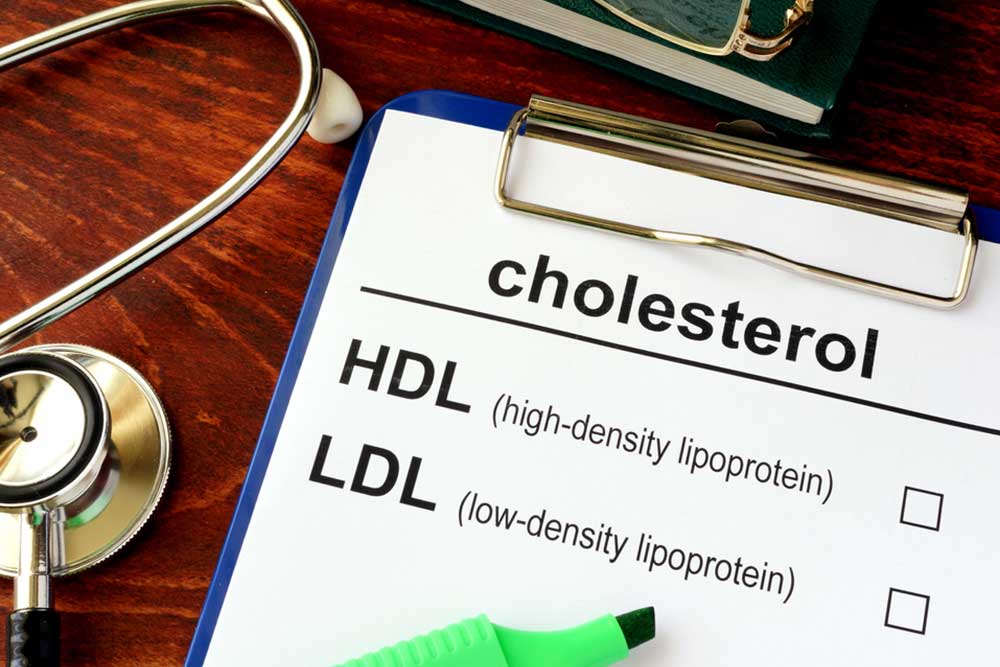Understanding Factors Influencing Cholesterol Levels in Your Body
This article explores key factors influencing cholesterol levels, including diet, weight, activity, age, and genetics. It highlights the importance of maintaining a healthy lifestyle and using cholesterol charts for tracking. Recommendations include adopting a TLC diet, managing weight, and considering medication when needed. Proper monitoring and lifestyle adjustments can significantly reduce cardiovascular risks and support overall heart health.

Understanding Factors Influencing Cholesterol Levels in Your Body
Several elements can significantly impact your blood cholesterol levels. Maintaining a balanced and nutritious diet is crucial for keeping these levels in check. Foods high in saturated fats and cholesterol tend to raise blood cholesterol, with saturated fat being the primary contributor. Consuming foods lower in saturated fats and cholesterol helps manage levels effectively. Utilizing a cholesterol level chart can assist in tracking your progress and understanding your current status. Monitoring and adjusting your habits according to such charts can support cardiovascular health.
A cholesterol chart categorizes various levels, guiding you on whether your blood cholesterol is within a healthy range. Several factors influence these levels, including:
Body weight
Excess weight correlates with higher cholesterol, increasing the risk of heart disease. Losing weight can reduce LDL cholesterol and improve overall lipid profiles.
Physical activity
Regular exercise helps lower bad cholesterol (LDL) and raise good cholesterol (HDL). Even 30 minutes of activity daily can make a substantial difference.
Age and gender
Cholesterol levels tend to rise with age. Women typically have lower cholesterol pre-menopause, but levels increase after menopause. Family history also plays a role in individual cholesterol tendencies.
It is beneficial to adopt a therapeutic lifestyle change (TLC) plan, focusing on low-cholesterol and low-saturated fat intake. The TLC diet recommends less than 7% of daily calories from saturated fats and under 200 mg of dietary cholesterol. Emphasizing fruits, vegetables, whole grains, lean meats, and low-fat dairy supports cardiovascular health. Increasing soluble fiber intake and including plant-based foods can further help reduce LDL cholesterol.
Weight control is vital; overweight individuals should aim to lose excess pounds through diet and exercise. For men with waistlines over 40 inches and women over 35 inches, weight management should be prioritized to stabilize cholesterol levels.
For some, medication can assist in lowering cholesterol. Common options include statins, bile acid sequestrants, cholesterol absorption inhibitors, vitamins, and supplements. These help control cholesterol through different mechanisms, such as reducing liver cholesterol production or limiting fat absorption from food.
Cholesterol level charts display desirable, borderline, and high ranges for total cholesterol, LDL, HDL, and triglycerides. Regularly reviewing these levels can guide lifestyle adjustments. Adopting healthy habits and monitoring levels ensures better cardiovascular health.










